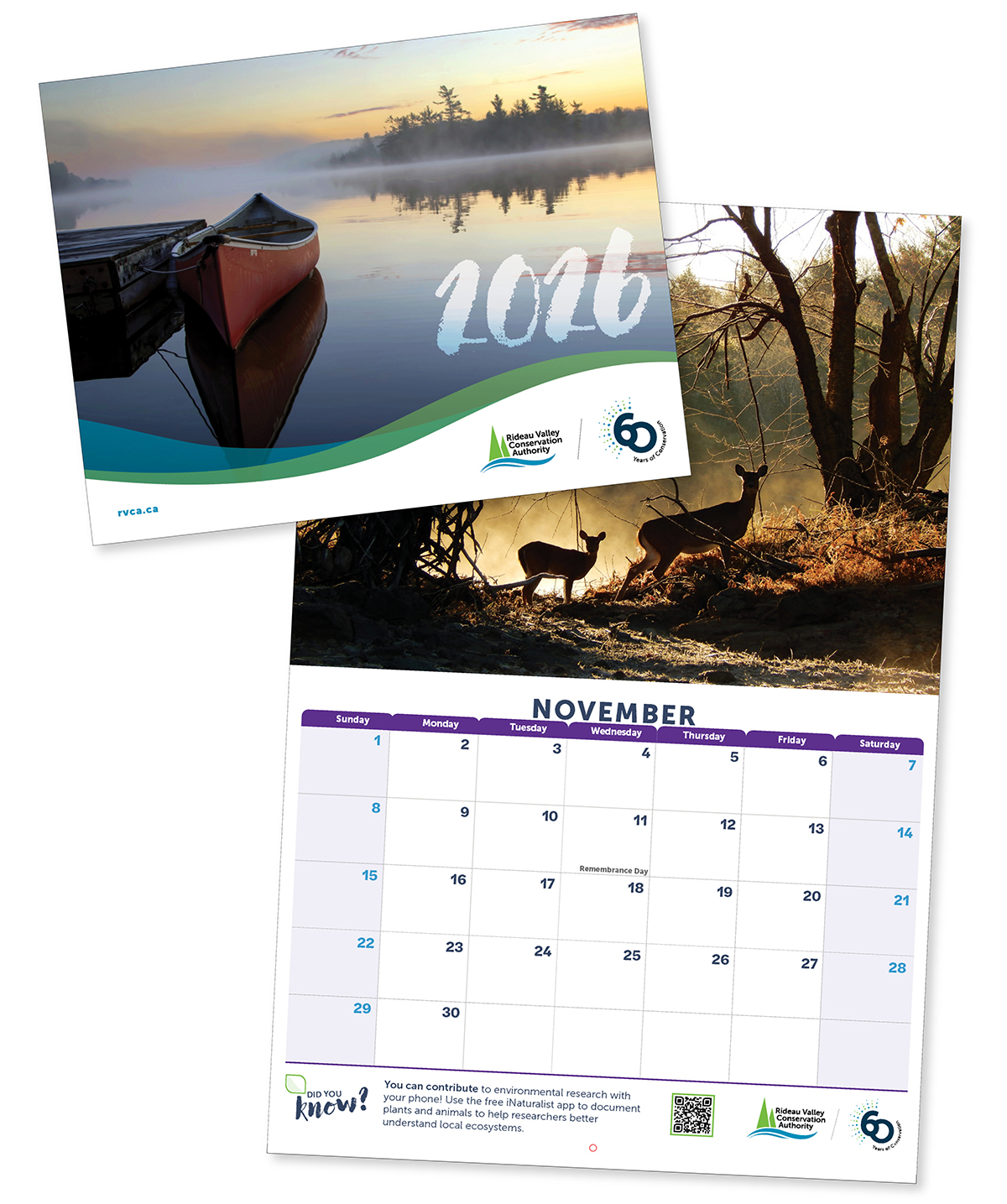Forest school is an educational model that has existed around the world since the late 1950s with many well-established programs in existence. In this model, the main principles include:
Students engage in repeated and regular visits to a natural area.
Students direct their learning in a child-centered environment which focuses on an emergent curriculum and inquiry-based learning.
Teachers facilitate learning based on what the children are interested in. This may be influenced by factors such as the weather conditions, loose parts and materials made available to the students, and experiences they had on a previous visit. We use a variety of teaching approaches including inquiry-based, play-based, experiential, placebased, and emergent curriculum.
There is a growing body of evidence suggesting the benefits of outdoor play for the health and development of children. For example, benefits to their mental health (decreased stress and anxiety, improved social skills, etc.), physical development (children are more active when they are outdoors, improved motor skills, improved ability to manage risk, etc.), and cognitive development (improved focus and concentration, greater engagement in their learning, enhancing imagination and problem solving skills, etc.). Further, by providing children with opportunities to connect with and learn about the natural world, we are helping to support a generation of adults who are connected with the land and more likely to understand and protect it.
While every day at Forest School unfolds differently based on factors such as the children present, their interests, the season, the weather, learning prompts, and the various loose parts found or introduced at the site, participants are always welcomed daily by staff and helped to get settled in (i.e. being signed in by parents/guardians, putting away their belongings, visiting the washrooms, etc.). This is generally followed by outdoor play and exploring while all students arrive. Specific prompts and loose parts will have been assembled by forest school staff based on things that students have been interested in previously or new things that are happening in the forest.
Our first session of play and learning is generally followed by a snack. This may be indoors or outdoors depending on the weather. Staff will also encourage students to use the washroom and change or modify clothing if required (i.e. change wet mitts or socks, add or remove a layer of clothing, etc.). Snack time is often accompanied by a shared story or two and planning for an adventure. Our adventure is an opportunity for playing, exploring, and visiting some of our favourite places in the forest. The students and staff will generally decide on what types of equipment or tools we might like to bring along depending on our play and interests. Before our wanders, Forest School staff will also lead a short discussion to remind students of safety rules.
For half day programs, the group will often wander back to our home base after our adventure for another snack, story, sharing session, and cleaning and packing up to wrap up our morning and prepare for pick up. For full day sessions, we may choose to return to our home base for lunch or pack our things with us and stay out in the forest. At the end of our day, we will have time to share our thoughts on the day as well as clean and pack up to prepare for pick up time.
The following are some examples of activities that we frequently find ourselves engaged in at forest school:
- Hiking off trail
- Playing with loose parts we find in the forest (i.e. sticks and rocks)
- Climbing trees and rocky outcrops
- Digging in the soil
- Looking for creatures
- Making and cooking over a fire
- Exploring around a body of water
- Using tools to build, create and explore
- Imaginative play with loose parts (i.e. mud kitchen)
- Playing games of our own invention
- Story telling and recording our observations
- Drawing and creating art
Forest School staff will share their observations with families to help support using their child’s experience at Forest School in other aspects of the children’s learning and development.
Nature is a classroom that offers boundless opportunities for learning. Although our days and adventures are not necessarily driven by or planned to meet the Ontario curriculum, connections are frequently made to many aspects of this framework including:
- The Kindergarten Program
- Mathematics
- Language
- Health and Physical Education
- The Arts
- Science and Technology
- Social Students, History, and Geography
Our educators are hired for their experience and expertise in outdoor experiential education. Our educators are most often qualified Ontario Certified Teachers (OCT) with experience in a variety of outdoor education settings. All our staff and volunteers have first aid training and have cleared a vulnerable sector screening (in-depth criminal reference screening) with their local police department.
For our kindergarten program (age 4 to 5 years old), there is ratio of 1 staff for every 5 children with a maximum of 15 children in a group. For our school aged program (age 6 to 10 years old), there is a ratio of 1 staff for every 8 children with a maximum of 16 children in a group.
We spend as much of our day outside as possible as appropriate to the conditions as well as the needs of our students. Our teachers are sensitive to the fact that this can be difficult at times and will work to be flexible and responsive to the situation. We strive to empower our students to be aware of how their bodies are feeling and making sure we have done everything we can to be comfortable outside. This might mean changing what we are wearing (changing socks, adding or removing a layer, etc.) or just needing a break to rest and recharge before heading back outside.
Educators consult the forecast regularly, and weather-related safety is considered in all decision-making (i.e. how far to venture away from the building, how long to be outside, etc.).
In the case of predicted thunder and lightning or high winds, Forest School educators will ensure participants are close to shelter so that it may be sought quickly should thunder and lightning or high winds occur. During thunder and lightning and high winds, participants will stay under shelter (i.e. in a building, or under a picnic shelter, etc.).
In the case of extreme cold (-25C or below) or extreme heat (30C), Forest School educators will limit participants’ length of exposure based on age/outerwear, and will constantly assess participants’ comfort and safety, watching for signs of frostbite, hypothermia, heat exhaustion, etc.
As part of the registration process, you will be provided with our full program handbook that includes detailed packing lists and tips for preparing your child for the various seasons at forest school.
Risk and risky play is an inherent part of Forest School and healthy child development - that's why we're here! We take safety and risk very seriously at Forest School. We encourage students to take calculated risks while paying attention to their abilities and comfort level. Our staff are not only trained in emergency response and procedures (i.e. standard first aid training, site specific emergency procedures, etc.) but also in assessing risk and working with our students to co-assess and co-manage risk to ensure the safety of the group. Our staff conduct regular site inspections of our teaching areas to assess for potential hazards. Staff always carry emergency backpacks that include a well-stocked first aid kit, copy of site emergency procedures, and emergency contact information for all students.
Unfortunately, like much of Eastern Ontario, there are ticks (including deer ticks which can potentially carry Lyme disease) at both Baxter and Foley Mountain conservation areas where Forest School is located. We strongly suggest that families become familiar with guidelines recommended by public health authorities for prevention, monitoring, and when to seek medical attentions not only for ticks but other biting insects:
https://www.ottawapublichealth.ca/en/public-health-topics/lyme-disease.aspx
We inspect our teaching areas for hazardous plants, including poison ivy, regularly and have a system for marking plants and warning our participants about exposure. The Leeds, Grenville and Lanark District Health Unit also provides information on hazardous plants:
https://healthunit.org/health-information/home-health-safety/dangerous-weeds/
Please also feel free to talk to staff if you have questions.


